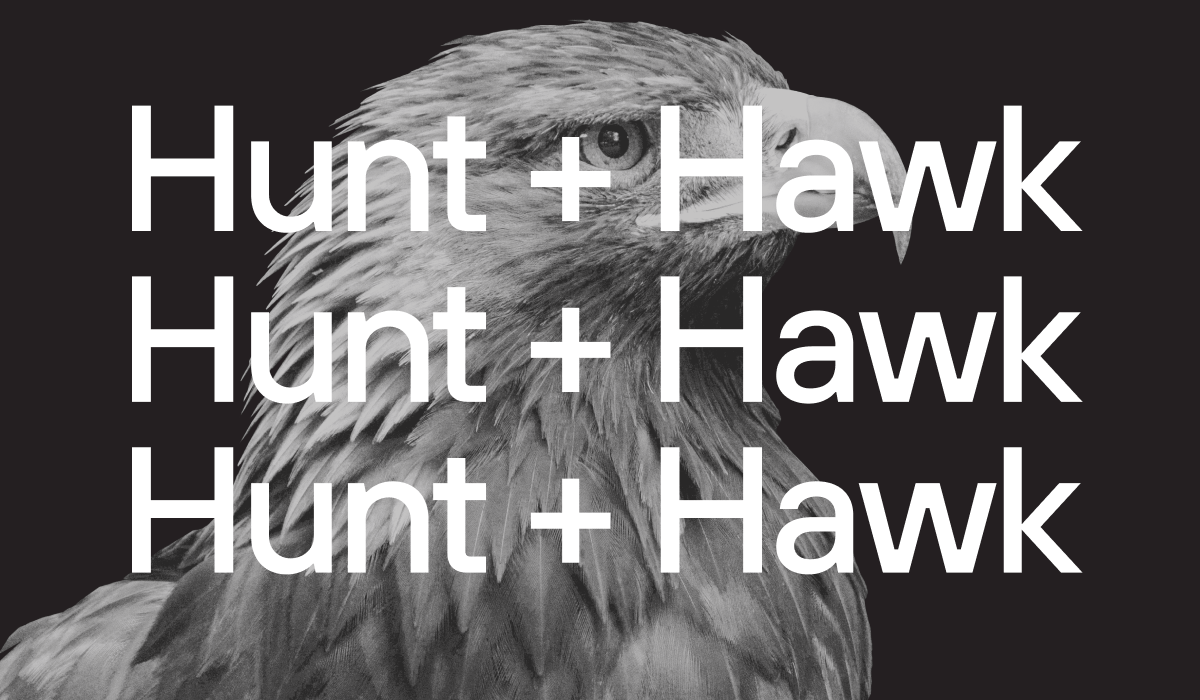How to Brief a Creative Agency
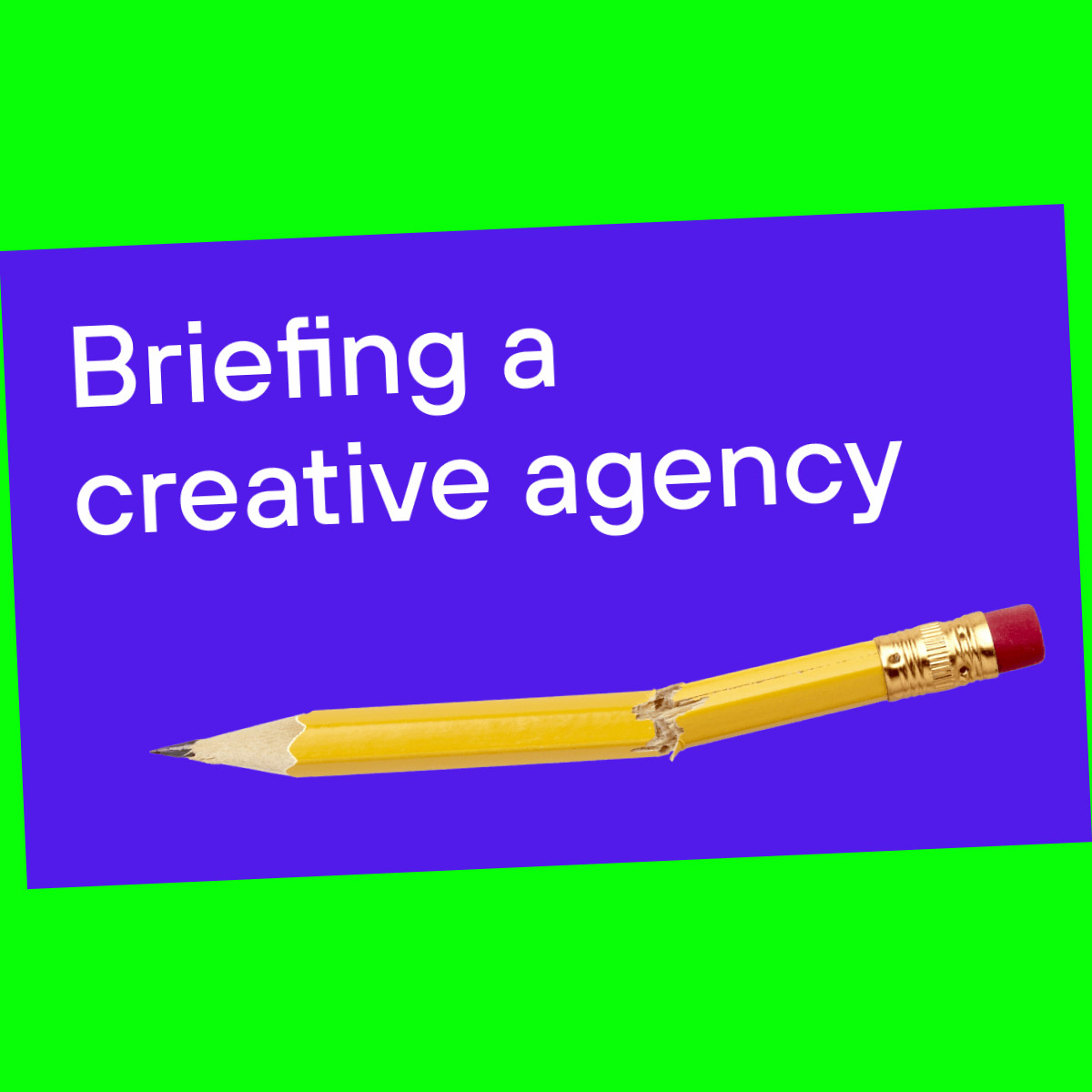
How to Brief a Creative Agency
Index
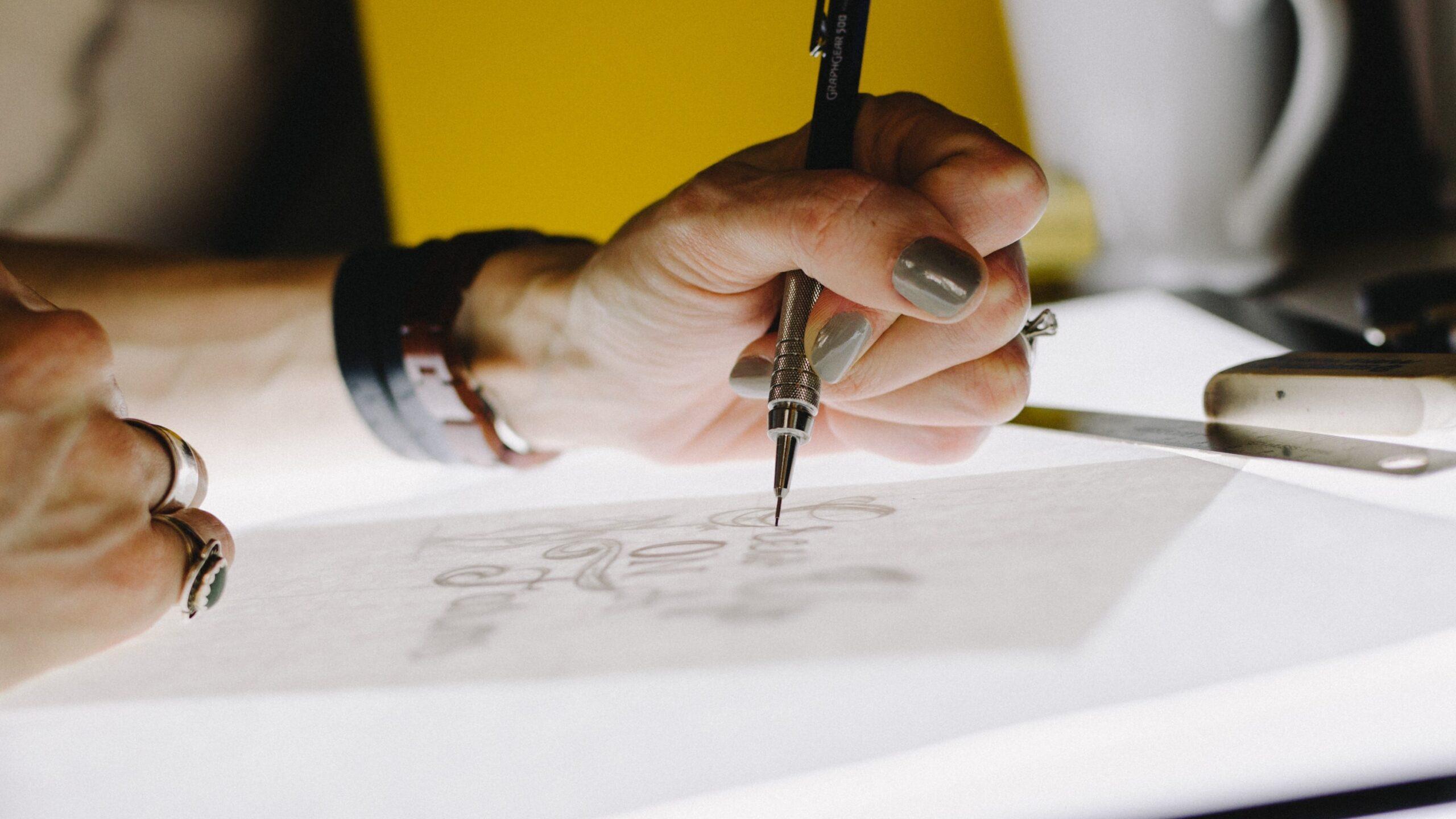
What is a Creative Brief?
A creative brief is a concise document that outlines the essential elements of a creative project, serving as a roadmap for the creative agency or creative team tasked with bringing your ideas to fruition.
It’s an important tool that bridges the gap between your expectations and the agency’s understanding of your desired project, ensuring a smooth creative process for all parties.
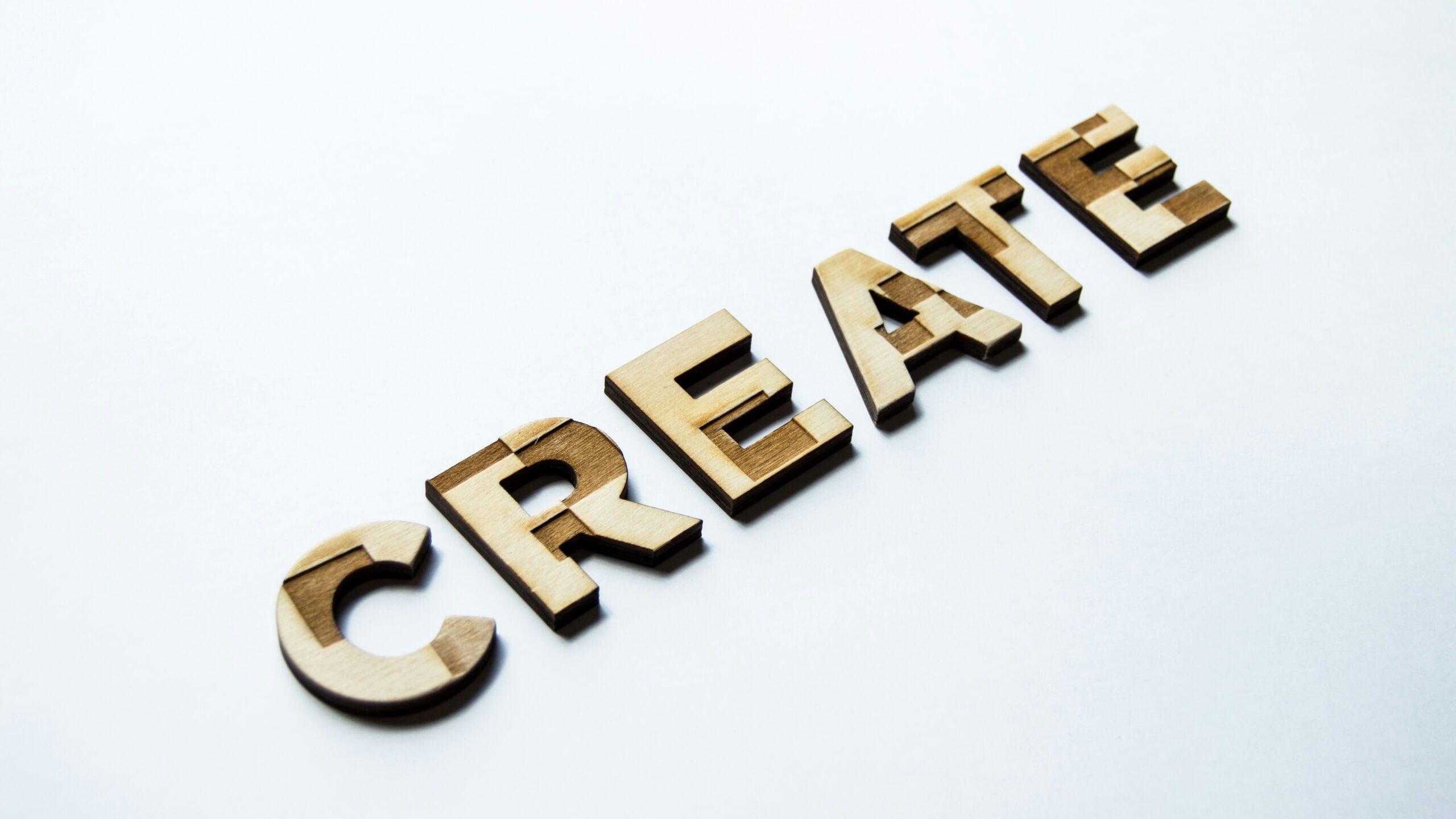
Key Components of a Creative Brief
So, what are the essentials when crafting a creative brief? These factors should be top of mind:
Project overview: Start with a brief project description, including its purpose, scope, and any specific objectives.
Target audience: Whose attention are you trying to grab with your task? Include demographics, psychographics, and any other relevant details.
Brand guidelines: If you have brand guidelines, make them known to the creative agency. This includes logos, colour schemes, fonts, and any other visual elements required for consistency.
Message or key points: Clearly articulate the overarching message/s that must be conveyed through the project.
Tone and style: Defining brand voice is a critical component that’s often overlooked. Describing the tone and style you want the creative work to embody is an absolute must. Is it formal, casual, humorous, serious, or something else altogether?
Competitor analysis: Make your unique selling proposition (USP) known, and share any relevant information about your competitors that helps to demonstrate what sets your brand apart.
Budget and timeline: Specify the project’s budget and the expected timeline – particularly if it’s time sensitive. This allows the agency to manage resources effectively.
Deliverables: List the specific deliverables you expect from the agency. For instance, if it’s a website design, mention if you need wireframes, mock-ups, or a fully developed site.
References and inspirations: Provide examples of other work you admire or find relevant to your project. This can help the creative team to understand your aesthetic preferences.

The Importance of a Good Creative Brief
We glossed over this in the intro, but let’s expand on the point. Here’s why a solid creative brief is so crucial:
Alignment: The brief ensures everyone involved in the project – including your team and the creative agency – is on the same page regarding the project’s objectives, message, and style.
Efficiency: A clear brief saves time and resources by reducing the amount of revisions and clarifications required. Put simply, it streamlines the creative process.
Quality: A creative team with a detailed brief is best placed to produce high-quality work that meets your expectations.
Accountability: A creative brief serves as a reference point, holding both your team and the agency accountable for meeting the agreed-upon objectives and standards.
Cost-effective: By providing clear guidelines upfront, you minimise the risk of costly misunderstandings or revisions later in the project.
In essence, a well-crafted brief forms the foundation of a successful creative project. Without that solid foundation, you’re at risk of receiving The Leaning Tower of Pisa of creative deliverables.

7 Common Mistakes When Writing a Creative Brief
To ensure your creative brief serves its purpose effectively, and that everyone is on the same page, avoiding common pitfalls is crucial.
Here are a handful of recurring mistakes, some of which we’ve already touched on:
1. Lack of Clarity
One of the biggest blunders is not being clear about the project’s objectives, audience, or desired outcomes. Vague or ambiguous instructions predictably lead to misinterpretations by the creative team.
2. Ignoring the Target Audience
Failing to define your target audience can result in creative work that doesn’t resonate with your customers. Be specific about demographics, interests, and preferences of your potential customers.
3. Neglecting Brand Guidelines
Remember, consistency in branding is a must for brand recognition and building consumer trust.
4. Being Too Restrictive
While providing guidance is essential, being overly prescriptive is likely to stifle the agency’s creativity. Leave wiggle room for the expertise and ideas of the creative team to flourish.
5. Skipping Competitive Analysis
Understanding your competitors helps the creative agency to produce work that stands out. Provide key insights into what others in your industry are doing.
6. Not Setting Realistic Expectations
Be clear about your project timeline and budget. Unrealistic expectations and misalignment can lead to disappointment and rushed work, and it can strain relationships.
7. Forgetting About Measurement
Include criteria for success and how the project’s effectiveness will be measured. This ensures that both you and the agency have a clear understanding of what constitutes a pass mark.
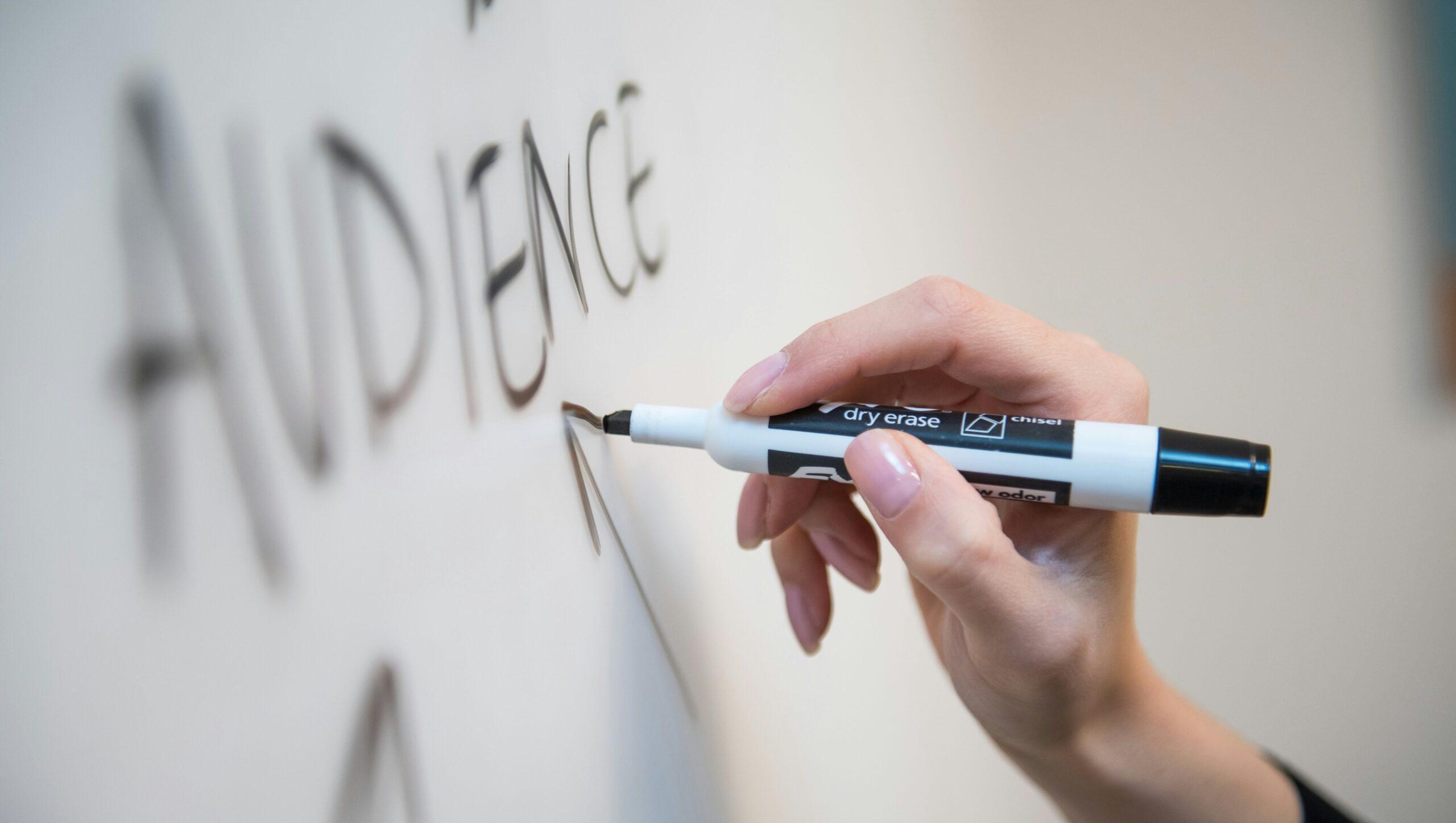
Types of Creative Briefs
Creative briefs come in various forms, depending on the nature of the project. Here are four common types:
1. Design Creative Brief
A design creative brief is typically used for projects that involve graphic design, such as logo creation, brochures, or packaging design. It focuses on visual elements, including colours, typography, and imagery.
2. Marketing Creative Brief
A marketing creative brief is used for marketing campaigns, such as social media campaigns, email marketing, or content marketing. It outlines the marketing objectives, target audience, key messages, and the channels to be used.
3. Advertising Creative Brief
An advertising creative brief is specifically for advertising campaigns, whether they are digital, print, or broadcast. It provides details about the campaign’s goals, target audience, creative concept, and media plan.
4. Content Brief
A content brief is commonly used for projects like blog posts, social media campaigns, website copy, and marketing collateral to provide creators with a clear roadmap for their tasks. It usually outlines the objectives, target audience, and key guidelines for a specific content creation project.

A Step-by-Step Guide on How to Write a Creative Brief
With an understanding of the importance of a creative brief – as well as the common types of creative briefs – let’s dive into the step-by-step process of producing one.
We’re summing up much of what we’ve already covered with this step-by-step guide to writing a creative brief, so you have a handy checklist to draw upon when required.
Step 1: Define the Project
Start by outlining the project’s scope, objectives, and purpose. Be as specific as possible. Primarily, consider: what problem are you trying to solve, and what do you want to achieve with this project?
Step 2: Identify the Target Audience
Describe your target audience in detail. Who are they? What are their demographics, interests, and pain points?
Step 3: Share Brand Guidelines
Have we mentioned this point yet?! Remember, your logo, colour palette, fonts, and any other design elements need to be consistent with your brand identity.
Step 4: Outline the Key Messages
Make the key points that you wish to convey through this project known loud and clear. Articulate the core ideas that should be communicated to your audience.
Step 5: Define the Tone and Style
Describe the tone and style you want the creative work to incorporate. Use adjectives to demonstrate the desired mood and atmosphere.
Step 6: Analyse the Competition
We’ve more than covered this point, too. Outlining what your competitors are doing well, and where they fall short, helps the agency to understand the competitive landscape.
Step 7: Set a Budget and Timeline
Be transparent about your budget and the project’s timeline. This ensures that both parties have realistic expectations and can plan accordingly.
Step 8: List Deliverables
Specify the exact deliverables you expect from the creative agency. Leave no room for ambiguity. If you expect it, mention it.
Step 9: Provide References and Inspirations
Share a few examples of work you admire or find relevant to your project. This can give the creative agency a better sense of your aesthetic preferences and expectations.
Step 10: Measure Success
Include criteria for measuring the project’s success. How will you determine if the project has achieved its goals? Define key performance indicators (KPIs) if applicable.

A Creative Brief Template
To make the process even more straightforward, here’s a template you can use as a starting point for writing your own creative brief:
Project Overview
- Project name:
- Project description:
- Project objectives:
Target Audience
- Demographics:
- Psychographics:
Brand Guidelines
- Logo:
- Colour palette:
- Fonts:
- Design elements:
Key Messages
Tone and Style
Competitor Analysis
- Competitor 1:
- Competitor 2:
- Competitor 3:
Budget and Timeline
- Budget:
- Timeline:
Deliverables
References and Inspirations
Measurement of Success
While this template provides a structured framework, it’s easy to customise the creative brief example to suit your specific project’s needs.
Clearly, there are many creative brief examples that you can use as inspiration – and having more than one on hand could be of significant benefit to your business.
Our friends at HubSpot have several handy free creative brief templates available to download.

How to Brief a Creative Agency – Summary
Hopefully, we’ve managed to make the point clear…
A well-crafted creative brief pays dividends.
In essence, it ensures that both parties are aligned on the project’s objectives, saving time, resources, money, and frustration. And all this helps to aid a successful collaboration with a creative agency.
By following the step-by-step guide – and using the provided template – you can create a clear and effective creative brief that sets the stage for outstanding work that brings your vision to life, and captures your audience’s attention.
It’s time to get creative.
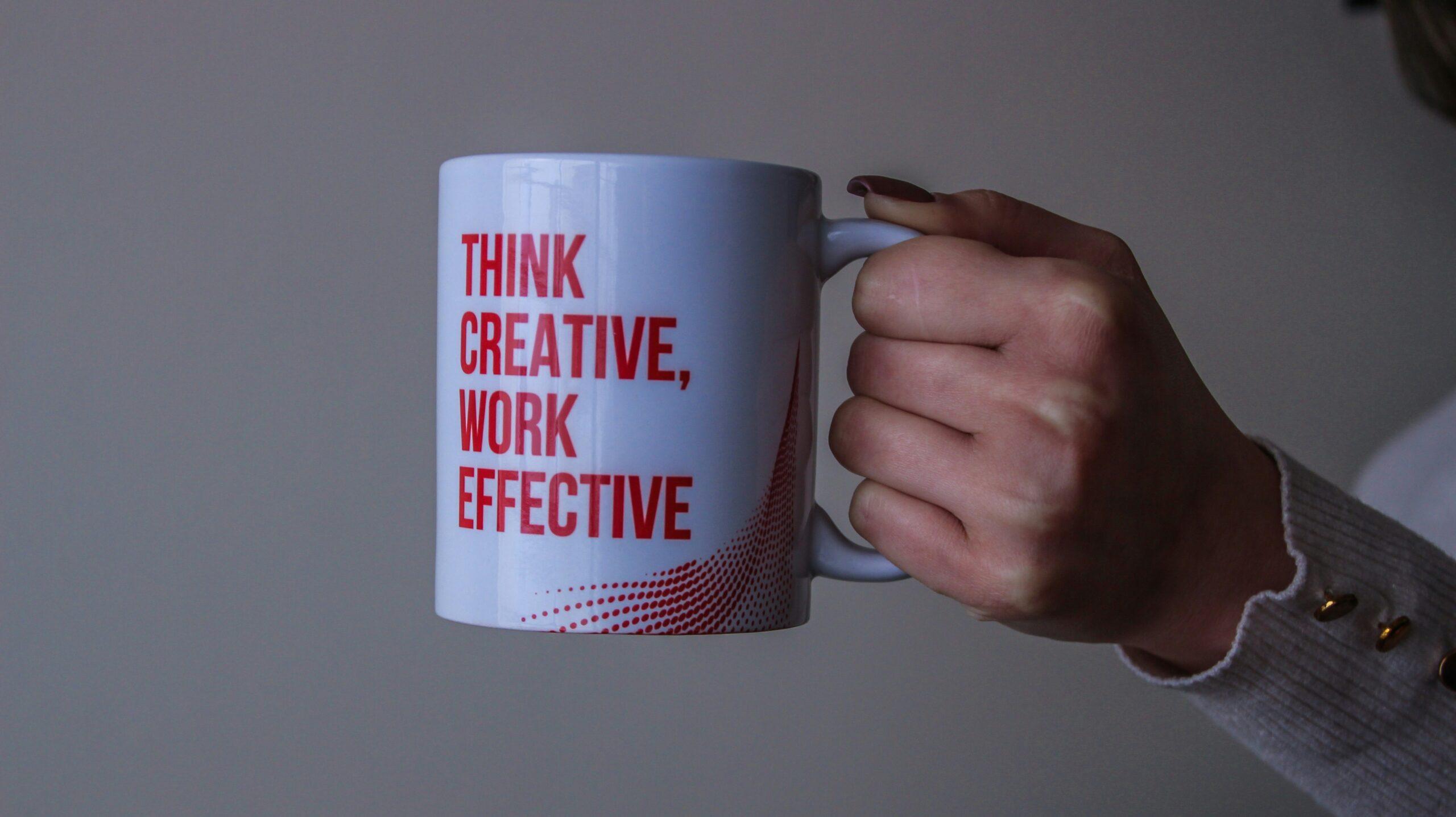
A Creative Agency With a Unique Edge
At Hunt & Hawk, we’ve perfected a formula that enables disruptive SaaS, professional services, and tech companies to scale, grow, and excel through experiences.
We take the time to truly understand what makes a business tick, and how it can dominate the market. We call it scaling from the brand up.
And we have a highly skilled, versatile bunch of experts to make it all happen – far beyond a typical creative agency.
Our talented creative team is joined by a marketing team, content writers, and branding and sales experts who will be with you every step of the way.
Keen to know more? Get in touch today.
How would you like to interact with us?
I’m just browsing: Explore more of our website.
I’d like to send an email: Contact us at hello@huntandhawk.com.
Help! Right away! Book a meeting to chat.
Come and soar with us.
